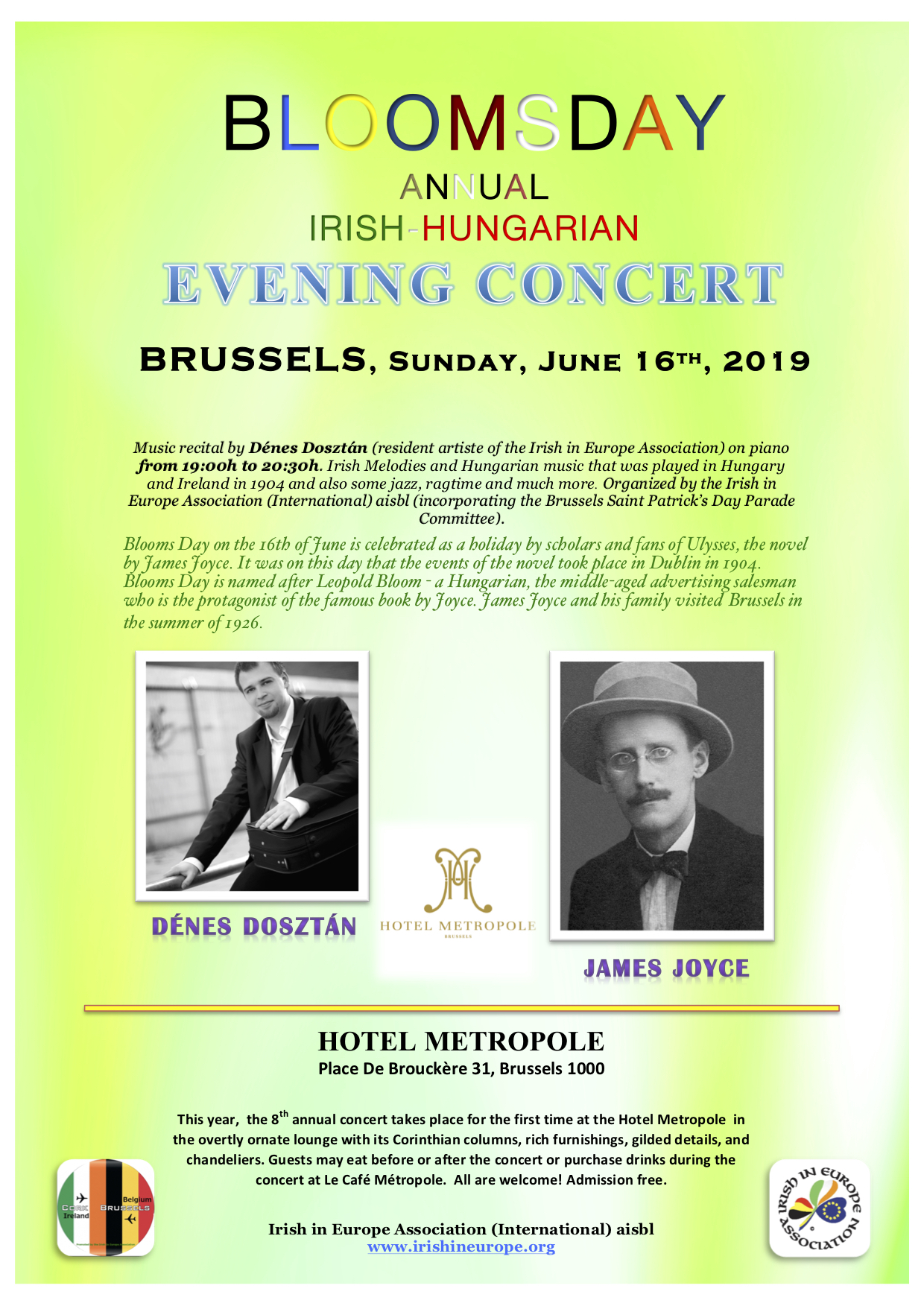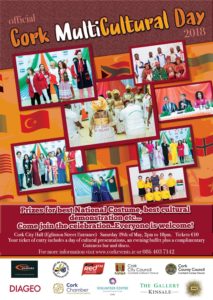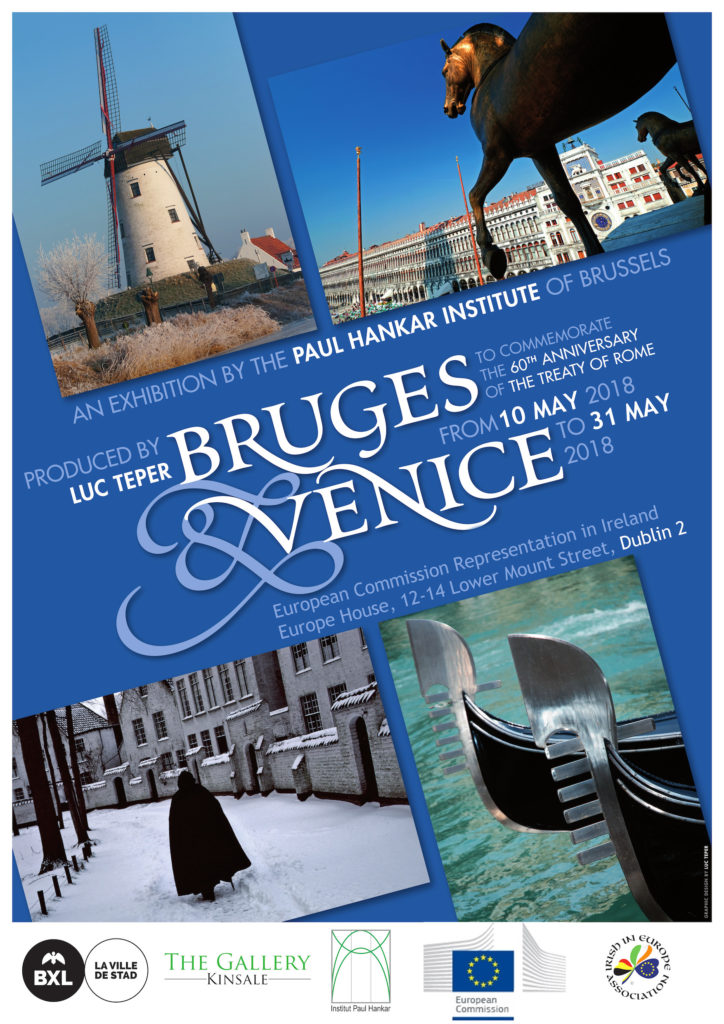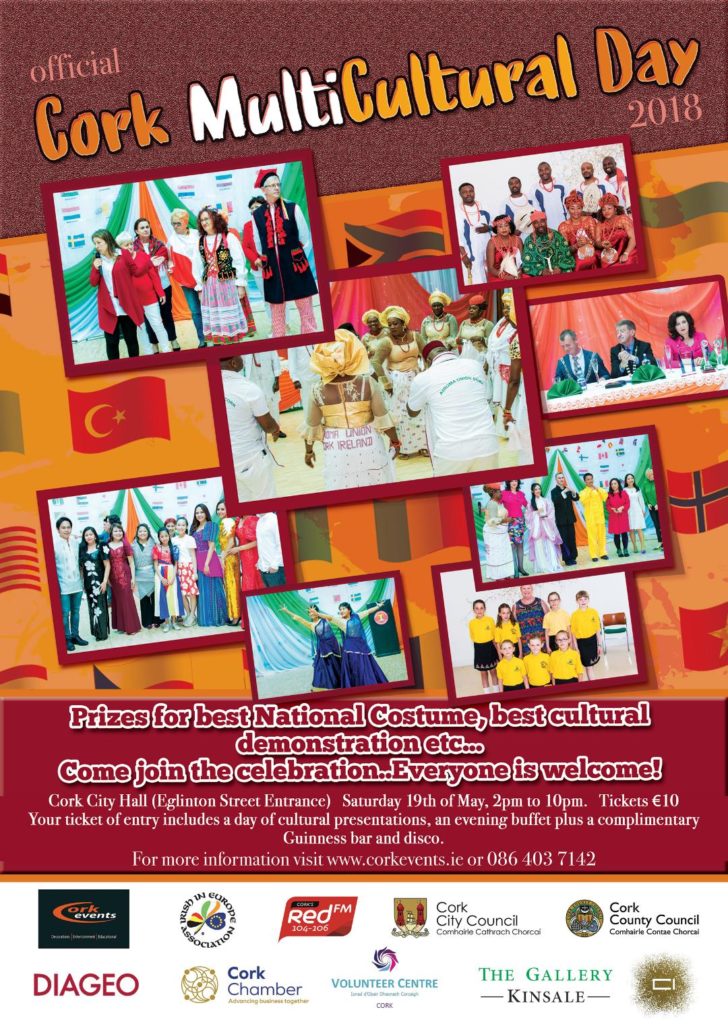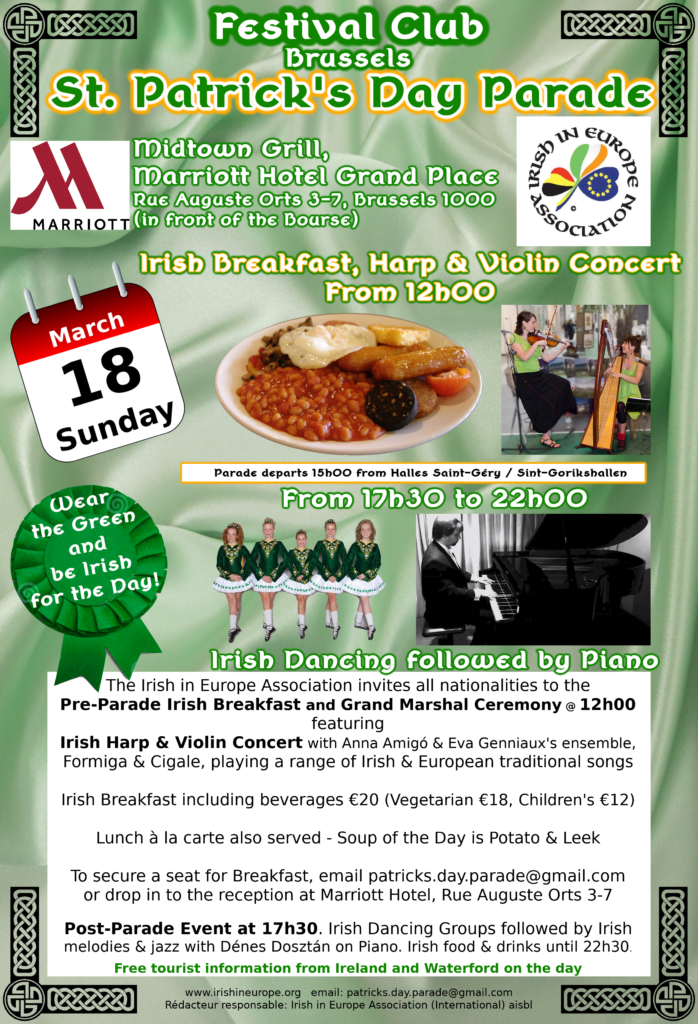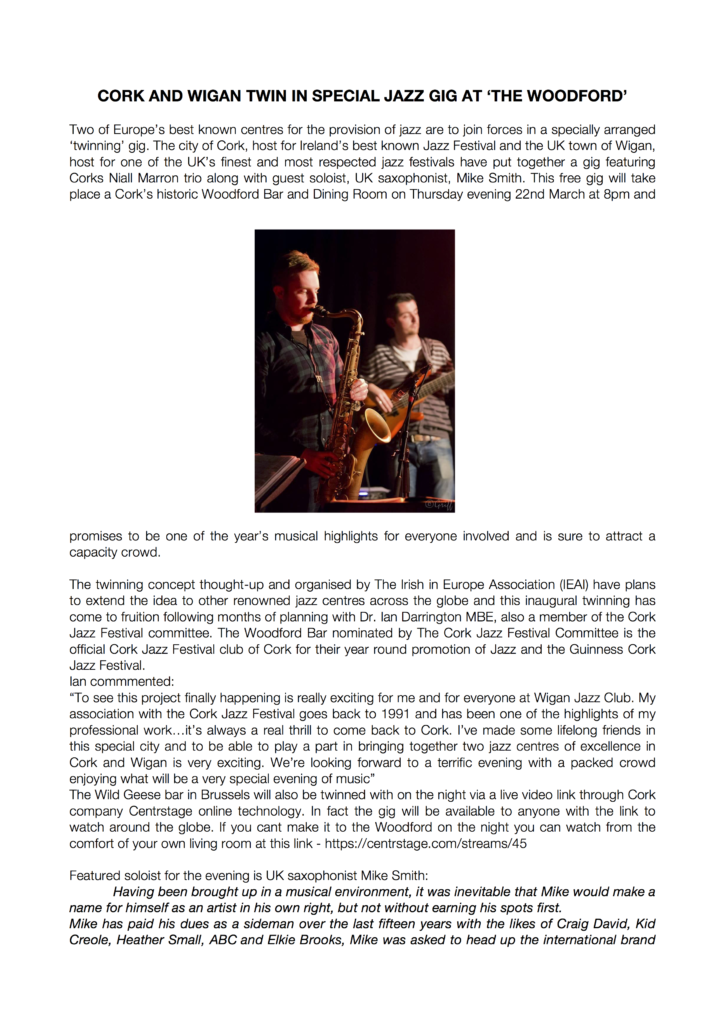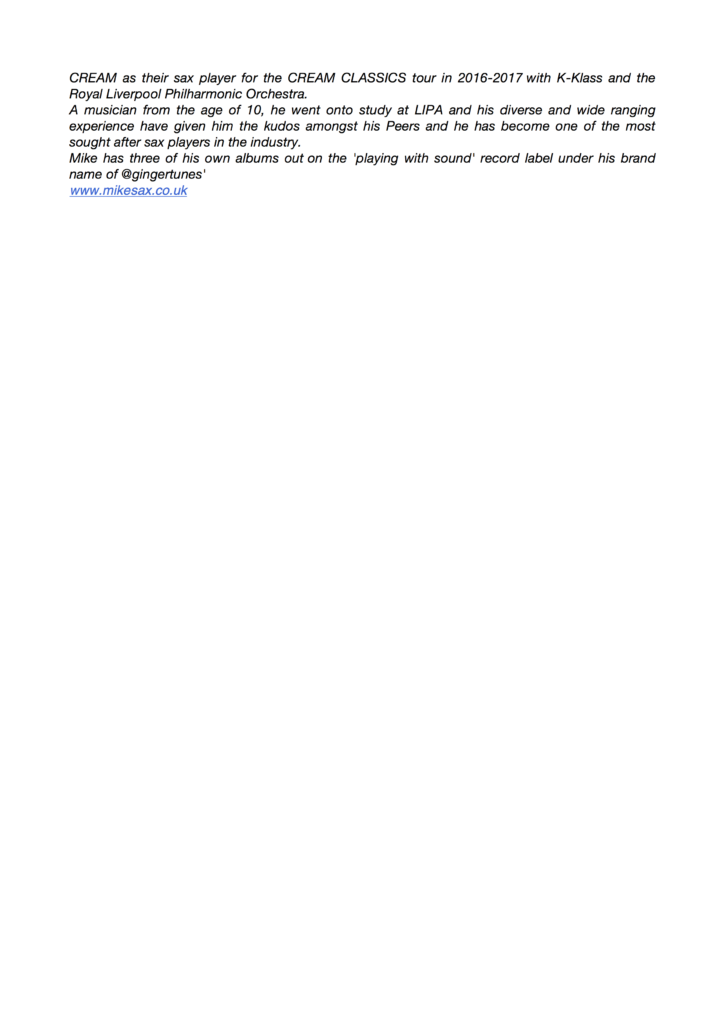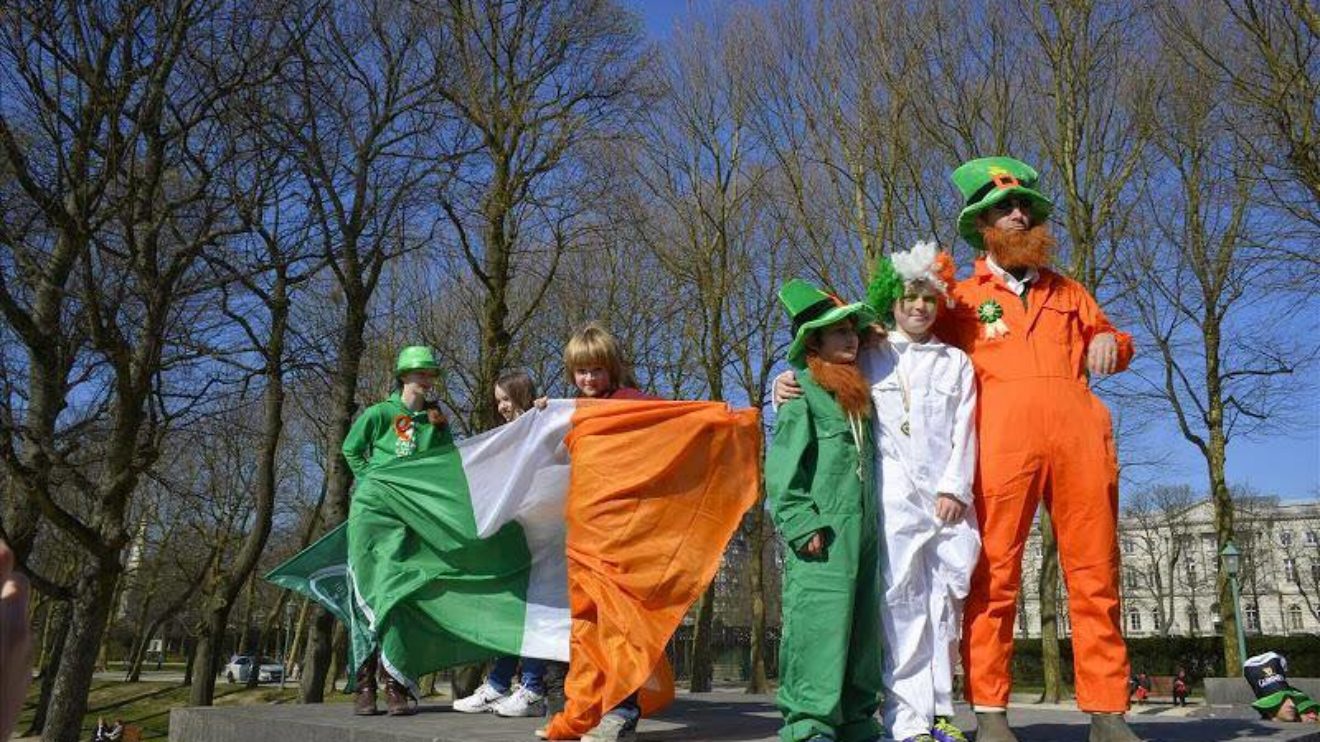Invitation to Participate in Cork Multicultural Day
Invitation to Participate in
Cork Multicultural Day
19 May 2018
The Official Cork Multicultural Dayis taking place at Cork City Halls Millennium Hall on Saturday the 19th of May from 2.00pm and it promises to be something very special.
On the back of last years success the event is fast becoming a key annual event on the city and county social calendar with considerable public, business and media interest in this years celebration.
Backed by both City and County Councils, sponsored by Diageo, The Gallery Kinsale and supported by the Creative Ireland Programme , an all- of-government five year initiative from 2017 to 2022, which places creativity at the centre of public policy this event is sure to be a resounding success and enjoyable spectacle. Media partner for this years event is local radio station Red FM who will have plenty of reports and updates on this years celebration.
An event for all generations it is also an opportunity to enhance cultural awareness and to remind people of the similarities and differences among cultures.
A not for profit event with the support of Cork Volunteer Centre and Cork Chamber of Commerce, the day is a full days activities of cultural presentations commencing at 2pm followed by food and music for the evening.
Each cultural group is invited to give a demonstration or performance of something related to their heritage/culture, be it a song, dance, reading, traditional dress or what ever they wish. After the performances the judges cast their votes on the various categories followed by the awarding of prizes and then a complimentary Diageo bar with music into the night.
Co-orgainisers of the event, CorkEvents.ie along with The Irish in Europe Association have been running the event for the past seven years in recognition of the contribution of the various communities to Ireland. They are delighted to see all these key stake holders give recognition and support to these new and existing communities and their contribution to Cork as well as Ireland.
Speaking of the event, event organiser Cordelia Oseh said “Every nationality living here in Cork has something to bring to the table. Multiculturalism is evident in Ireland and Cork is playing a huge part by organising Africa day and other such events promoting positive integration”
Cordelia went on to say “Cork has the second largest concentration of immigrants in Ireland and we are trying to bring them together with the Host Country under one umbrella by means of organising this multi- cultural event”.
If you are part of a cultural / national group or part of any other group or even just an individual that feel you could represent your country or culture and would like to be part of this years event or for any other information send an email to info@irishineurope.org
Press Release Bruges-Venice Treaty of Rome ´ Commemoration Exhibition Opens at Europe House in Dublin To mark Europe Day on 9 May,2018
Press Release
Bruges-Venice Treaty of Rome ´ Commemoration Exhibition
Opens at Europe House in Dublin
To mark Europe Day on 9 May, 2018
On Public Display:10 May to 31 May 2018
(Admission Free)
Venue:European Commission Representation in Ireland
Europe House
12-14 Lower Mount Street
Dublin 2
The *Bruges-*Venice Treaty of Rome Commemoration Exhibitionwas commissioned by the Paul Hankar Institute of Brussels and supported by the City of Brussels and others to commemorate the 60th. anniversary of the signing of the Treaty of Rome in 1957. It was launched last December in Cork–the Venice of the South. 2018 marks the 60th. anniversary of the Treaty coming into force
It forms part of the Irish in Europe Association (IEAI*) Cultural Exchange Programme between Ireland and Europe. The Treaty of Rome, officially the Treaty establishing the European Economic Community (TEEC), is an international agreement that brought about the creation of the European Economic Community (EEC), the best known of the European Communities (EC). It was signed on 25 March 1957 by Belgium, France, Italy, Luxembourg, the Netherlands and West Germany and came into force on 1 January 1958. It remains one of the two most important treaties in the modern-day European Union (EU).
In addition to commemorating coming into force of the Treaty of Rome, another objective of this exhibition is to grow relations between Ireland and Belgium and Italy. It is a cultural fusion exhibition to recognise Italy and Belgium as founder members of the European Economic Community. It also symbolises how trade crosses borders and the importance of the present day Single European Market and the value of Inter-State Trade that benefits all regions of the European Union. Brexit now challenges Ireland to engage even more in Europe and in particular to grow new markets for its many products and services.
The exhibition itself consists of an introductory narrative of Bruges (in Flanders) and Venice with colourful photos of both cities. Our special thanks go to Madame Claude Pourbaix, Director of the Paul Hankar Institute, to Monsieur Luc Teper Producer of the Exhibition and all the staff and students who helped to bring this exhibition to fruition. Also special thanks to Mr. Ken Buckley of the Irish in Europe in Association and of THE GALLERY Kinsale for co-ordinating the tour of the exhibition and a Big Thank you to the Irish in Europe Volunteers in Brussels.
This is the first time that the Irish in Europe Association have brought an exhibition to Dublin. It will help Dublin residents connect more with Italy and Belgium. It will also help bring together Italian and Belgian Communities in the Irish capital. It is also the first time that a city in Flanders has been featured in an exhibition. The Irish in Europe have already started its cultural exchange programme in Italy at Trieste with its music tribute to Dublin born James Joyce with a specially commissioned concert & cd ´Music of Bloom´ that commemorates James Joyce´s Cork and Fermoy roots and the influence of Cork on his many literary works.
2018 is also EuropeanYear of Cultural Heritage. It is fitting that Bruges & Venice as some of the best preserved and most beautiful medieval cities in all of Europe are the cities featured in this exhibition. These cities are also an example of Europe´s rich cultural heritage. Cultural heritage is at the heart of the European way of life. It defines who we are and creates a sense of belonging. It allows us to understand the past and to build our future. The Irish in Europe strives to promote culture heritage as a key component in growing relationships and integration in Europe. The 2018 Irish in Europe Year Theme is ´´Ireland´s Cultural Heritage is Europe´s Heritage ´´.
*Bruges (/ˈbruːʒ/; Dutch: Brugge [ˈbrʏɣə]; French: Bruges [bʁyːʒ]) is the capital and largest city of the province of West Flanders in the Flemish Region of Belgium, in the northwest of the country. The area of the whole city amounts to more than 13,840 hectares, including 1,075 hectares off the coast, at Zeebrugge (from Brugge aan zee meaning “Bruges by the Sea”). The historic city centre is a prominent World Heritage Site of UNESCO. It is oval and about 430 hectares in size. The city’s total population is 117,073 (1 January 2008),[4]of whom around 20,000 live in the city centre. The metropolitan area, including the outer commuter zone, covers an area of 616 km2 (238 sq mi) and has a total of 255,844 inhabitants as of 1 January 2008. Along with a few other canal-based northern cities, such as Amsterdam, it is sometimes referred to as The Venice of the North. Bruges has a significant economic importance thanks to its port and was once one of the world’s chief commercial cities. Bruges is well known as the seat of the College of Europe, an elite university institute for European studies regarded as “the EU‘s very own Oxbridge.”
* Venice (/ˈvɛnɪs/ VEN-iss; Italian: Venezia, [veˈnɛttsja] (Venetian: Venesia, [veˈnɛsja]) is a city in northeastern Italy and the capital of the Veneto region. It is situated across a group of 118 small islands that are separated by canals and linked by bridges, of which there are 400.The islands are located in the shallow Venetian Lagoon, an enclosed bay that lies between the mouths of the Po and the Piave Rivers. Parts of Venice are renowned for the beauty of their settings, their architecture, and artwork. The lagoon and a part of the city are listed as a World Heritage Site.
In 2014, 264,579 people resided in Comune di Venezia, of whom around 55,000 live in the historic city of Venice (Centro storico). Together with Padua and Treviso. The city is included in the Padua-Treviso-Venice Metropolitan Area (PATREVE), with a total population of 2.6 million. PATREVE is a statistical metropolitan area without any degree of autonomy.
The name is derived from the ancient Veneti people who inhabited the region by the 10th century BC. [The city was historically the capital of the Republic of Venice. Venice has been known as the “La Dominante,” “Serenissima,” “Queen of the Adriatic,” “City of Water,” “City of Masks,” “City of Bridges,” “The Floating City,” and “City of Canals.”
* The IEAI was established in Belgium with its European HQ in Brussels and its Irish office at The Gallery Kinsale, 57 Main Street, Kinsale. It incorporates the organisational Committee of the Brussels Saint Patrick’s Day Parade of the Nations & Regions that celebrated its 10nth anniversary in 2018. Each year we nominate a partner region in Ireland to promote. This year Waterford was selected.
The main function of the Irish in Europe Association is to support Irish Emigrants, connect and engage with the world wide Irish Diaspora living and working in Europe and promote Irish culture, community building, micro integration and interstate trade through a network of Chapters in Europe. Each Chapter as it is established in Europe will build community relations with the local social, cultural and municipal bodies in their area to create an Irish cultural footprint.
The IEAI “Help Ireland in Europe” programme assists in the promotion of Irish goods and services and interstate trade in co-operation with other nationalities in Europe. It has spearheaded a cultural exchange programme between Ireland and Europe that mainly includes exchange of exhibitions with local communities in our partner regions in Ireland. The objective of these exhibitions is to increase the Irish cultural footprint in Europe and encourage greater engagement of Ireland in Europe. Over one million persons have viewed Irish in Europe Exhibitions.
END
Breakfast & Parade Festival Club
Parade Festival Club 2018 @Marriott Hotel Grand Place in the front of the Bourse hosting Pre-Parade Traditional Irish Breakfast, Irish Harp & Violin Concert & Grand Marshal Ceremony: Post Parade event from 17h30 with Irish Dancing Irish Melodies, Ragtime and Jazz on piano. All at the Parade Festival Club!!
Brussels Saint Patrick’s Day Parade Fund Appeal
The Parade needs your Support
Dear Friends,
The 2022 – 14th Brussels Saint Patrick’s Day Parade for Peace and of the Nations & Regions is taking place in the historic City centre for the fifth time and we need your help to make it a quality event that’s enjoyable for everyone. To show solidarity with the People of the Ukraine
Everyone is invited to wear the ‘Green’ and ” Yellow & Blue’ and be Irish & Ukrainian for the day! The Ukrainian National Anthem will be played at the Review Stand at the town hall in the Grand Place. Please let any Ukrainians you know!
We are starting at Les Halles Saint Géry on Sunday 19 March (Saint Patrick´s Day Parade at 2.30pm, pass the Bourse, pass Galerie Anspach and the Saint Hubert Royal Galleries, and returning to Les Halles Saint Géry.
We’ll also be stopping in Grand Place where Members of the City of Brussels Council, VIPS will review the parade from circa 4.00pm to 4.30pm from the Balcony of the two stairs at the City Hall. We believe we have the review stand from the oldest building in the world. There’ll be music recitals to set the atmosphere.
The approval for this parade route is recognition of the hard work done in organising the nine parades in Park Cinquantenaire from 2009 and previous four in the City centre. With this greatly increased visibility, we’re under pressure to put on a recovery. Not only are we in Belgium’s most prime location but there’s also much more media interest.
The entire organisation is organised on a volunteer basis, but such an event has administrative and material costs. Each year we rely on donations, and we hope that the same people won’t have to pay the costs each year. We need “a little help from our Irish, Belgian and international friends”. A small donation is all that it takes.
We want the day to be fun for all the participants and spectators, we want to put on an event that we’ll be proud to have shown on TV around the world to showcase the EU Capital, and we want it to run smoothly so we can repeat it and even expand it next year. That’s what we’re asking you to contribute to.
In addition to funding the Parade the Irish in Europe Association (International) aisbl depends on donations to continue to organise its various activities. With the help of many of its volunteers, the IEAI has organised and or supported over 500 events since 2011. (Concerts, Exhibitions, Lectures, Social, Irish related events and the Irish in Europe Cultural Exchange Programme between Belgium and Ireland).
The Parade is at 14.30 on Sunday, 19th of March 2022. Participation is free and it makes a lovely afternoon family outing. Individuals and Cultural groups from all nationalities welcome to walk in Parade. There is no participation fee. ´´Wear the Green and Yellow & Blue and be Irish and Ukrainian on the Day´´
If you wish to help the Parade in any way, please contact the Irish in Europe Association at info@irishineurope.org
Donations can be made in two ways:
Bank transfer to the IEAI Bank Account by using these details:
Account name: IEAI, held at Crelan, Parc 50Naire
IBAN: BE82 8601 1591 3968
BIC: NICABEBB
Please confirm your donation to: info@irishineurope.org
Thank you for reading this and thanks in advance for whatever contribution you decide to make.
Brussels Saint Patrick’s Day Parade of the Nations and Regions Committee:-
Irish in Europe Association (International) aisbl
Non-Profit International Association – Registered in Belgium
- What to bring
Money - Important to know
The joy of giving for a wonderful Parade
